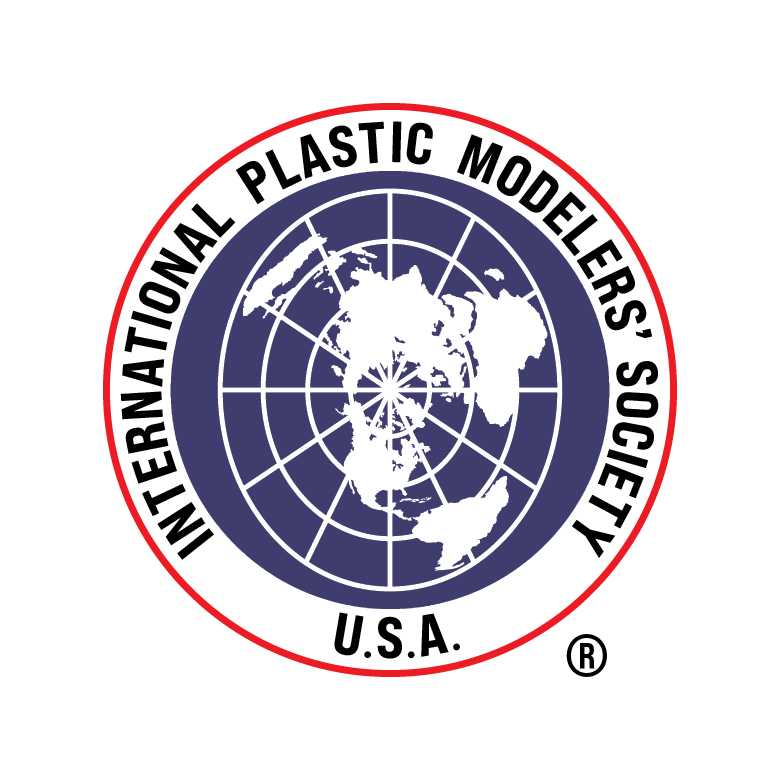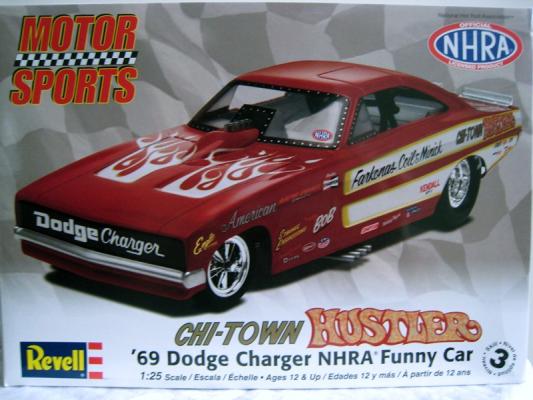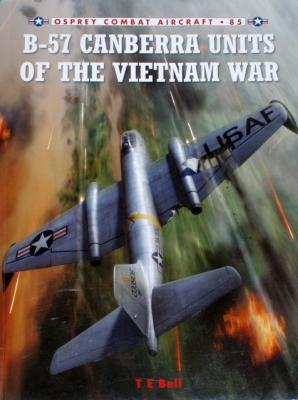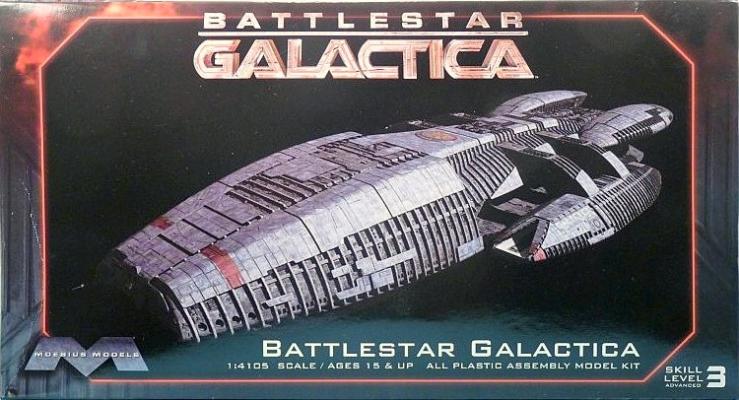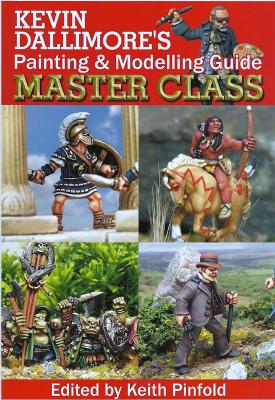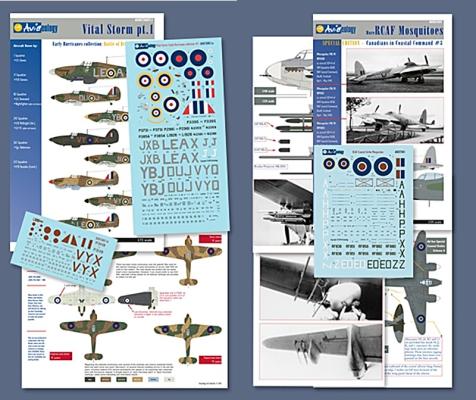Revell has come out with an all new tool kit of this iconic late 1960’s funny car *, with the offset engine, hood, and chassis all faithfully reproduced in the kit. Based on the reproduction of the actual car, the kit consists of 90 parts, with chrome, body, and clear parts bagged separately from the others. The new mold is impressive: the fiberglass body is a spot on reproduction of the ‘Mini- Charger’, and the chassis frame is delicately molded in one piece with a fully detailed offset cockpit and roll cage. Details are crisp, fit is Tamiya-like, and the model looks great when completed. Rated a “3” in terms of difficulty, experience with small parts is a must. I built the major sub-assemblies: body, engine, chassis frame, suspensions, and cockpit following the 9 page instructions. Here are my notes and comments:
Welcome to the IPMS/USA Reviews site!
Introduction: The primary organization of the IPMS/USA Review website is by IPMS/USA National Contest Class. Within each Class there are sub-menus by kits, decals, books, etc. The Miscellaneous Class is for items that are not class specific or that cross two or more classes.
IPMS/USA Members: We encourage you to submit reviews, both here and to the Journal. To volunteer for membership in the IPMS/USA "Reviewers Corps" and submit your own reviews, please read the Guidelines For Submitting Product Reviews.
Manufacturers, publishers, and other industry members: IPMS/USA is pleased to offer your company the opportunity for product reviews. All product reviews are performed by IPMS/USA members, and are posted in the publicly-accessible section of our website. With very few exceptions, we perform full build reviews of new kit releases, aftermarket products, and supplies. If you would care to provide product samples for review, please contact John Noack, IPMS/USA 1st VP.
To learn more about IPMS/USA, please see our About Us page.
Although not as ‘famous’ as other U.S. aircraft of the Vietnam war, the B-57 Canberra was the first jet-powered American attack aircraft committed to the conflict. It carried out daily interdiction missions against enemy activity on the Ho Chi Minh Trail and also participated in classified ‘Black’ missions into Laos and Cambodia. The aircraft and her crews performed gallantly during the famous ‘Rolling Thunder’ missions. As well as being there at the beginning, the B-57 soldiered on for the duration of the Vietnam War from the basic B and C models (which did not even have control boosts or hydraulic aids to make maneuvering the aircraft easier or radar and advanced navigation systems for night bombing missions) all the way to the state-of-the-art G models.
Description and History
From the Moebius Models web site:
“Galactica was one of the first twelve Battlestars to be constructed by the Colonials, each representing one of the twelve colonies; Galactica represented Caprica. As such, she is some 50 years old. Galactica (BS 75) is a veteran Battlestar and the last of her kind still in service with the Colonial Fleet at the time of the destruction of the Twelve Colonies. Built during the early days of the Cylon War, she becomes one of only two known Battlestars (the other being Pegasus) to survive the renewed Cylon attack on the Twelve Colonies. By the time of this attack, she was part of the 75th Battlestar Group (BSG-75).'
In the Box
Several light beige sprues with parts numbered 3 to 45. There are multiples of some parts, 2 major hull parts, 1 clear sprue, 1 metal rod for the base, a sturdy base and 1 decal sheet, and a partridge in a pear tree.
Kevin Dallimore’s book might be the one-stop shop for the figure painter. It briefly covers the basics of figure preparation and painting (showing step-by-step pictures of the 3-color method) on the first 30 pages and then dives into different painting styles and projects. Some of the techniques described in the book include: 5-color method, dry-brushing; diluted washes; non-metallic paint for metallic looking finishes; textured leather; ancient shield painting; skeletons and more.
The above techniques are applied to a wide range of subjects, from Napoleonic figures, to Ancient Romans, Sci-Fi, Fantasy figures (Orcs of all kinds and colors), WW2 paratroopers, Old West characters and animals. Step-by-Step pictures clearly explain and show how to achieve realistic finishes by methodically applying the techniques described in the book.
Editor's note: This review combines two (2) decal sheet products from the manufacturer and this explains the double title. The sets are listed as:Stock #: AOD72007.1 (Hurricanes) and AOD72011 (Mosquitos) and priced at $11.89 and $8.89 respectively. Canadian dollars and US dollars are at approximately par value at this writing.
